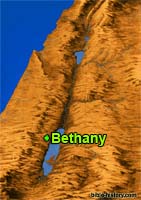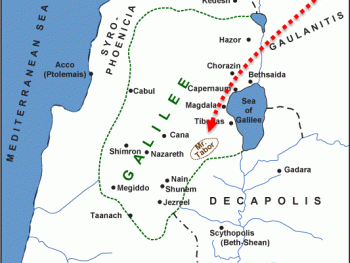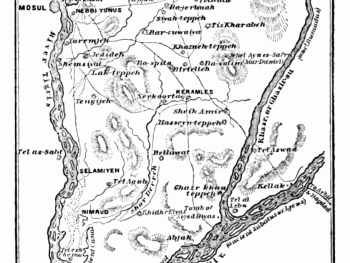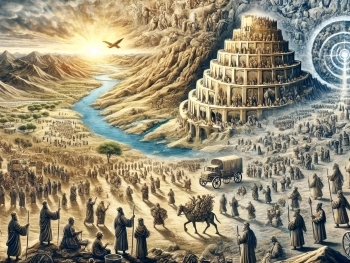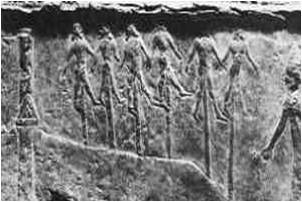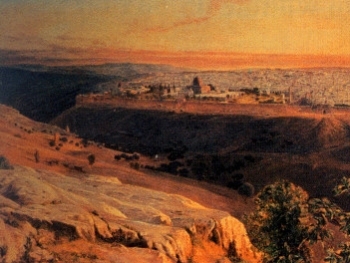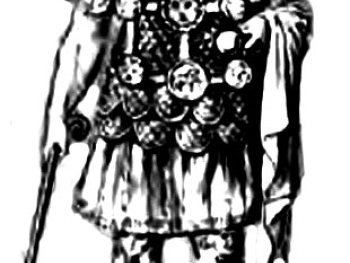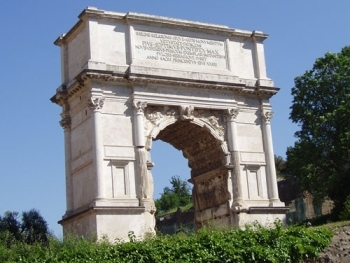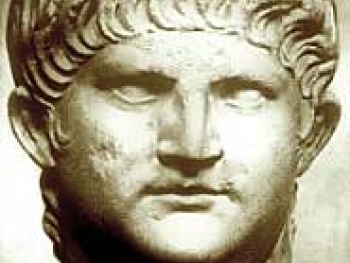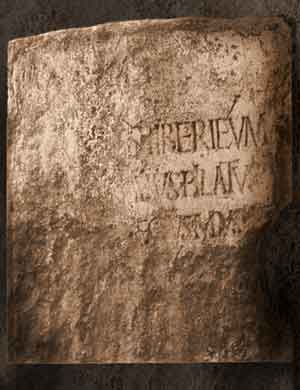
The Pilate Inscription is an inscribed relief with a dedicatory inscription to Tiberius Caesar bearing the name Pontius Pilate. It was discovered among the ruins of ancient Caesarea Maritima. It is the only known occurrence of the name Pontius Pilate in any ancient inscription. Visitors to Caesarea’s theater today see a replica, the original is in the Israel Museum in Jerusalem. It is interesting that there have been a few bronze coins found that were struck from 29-32 AD by Pontius Pilate.
Source:
